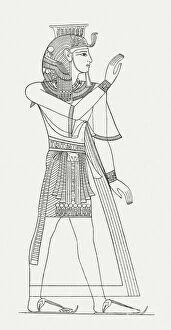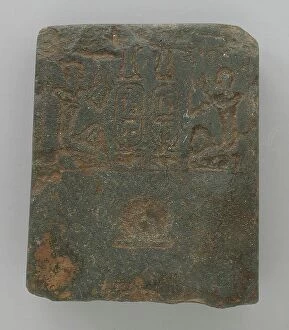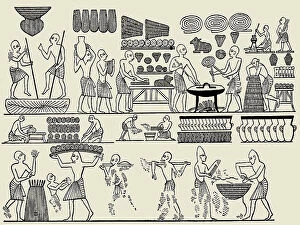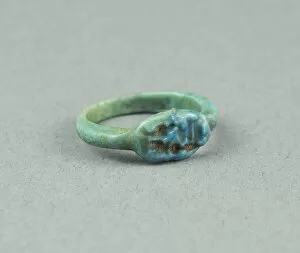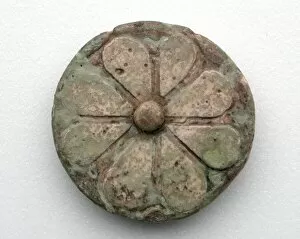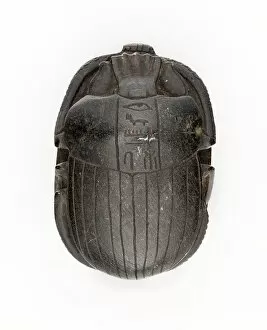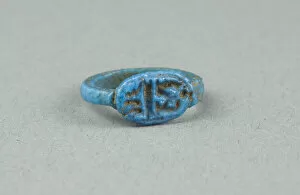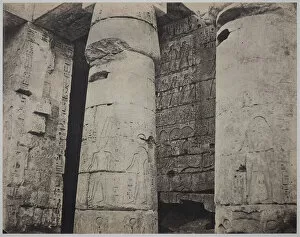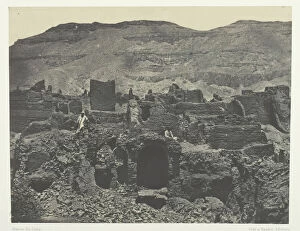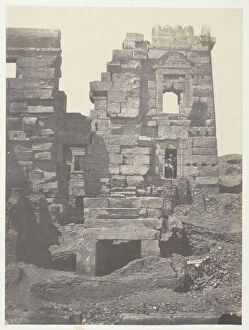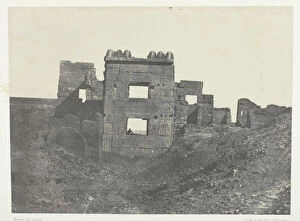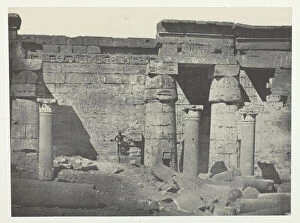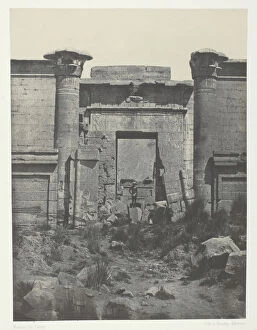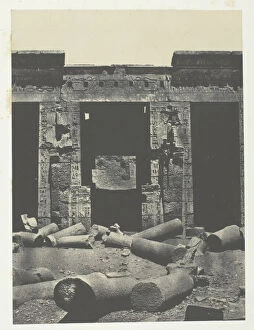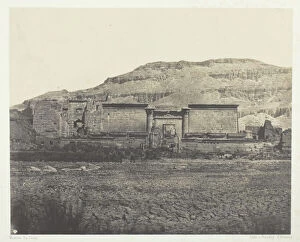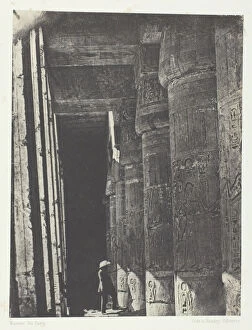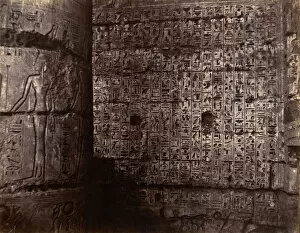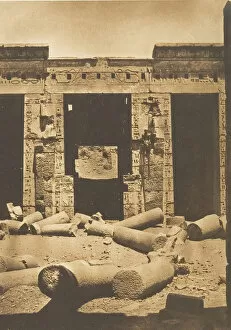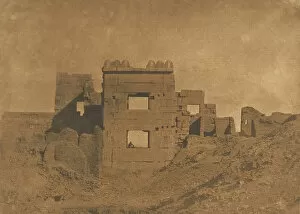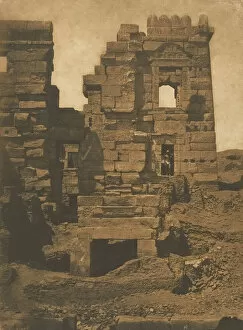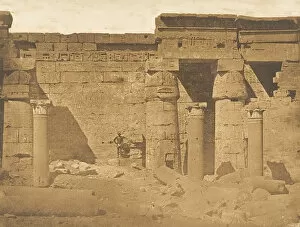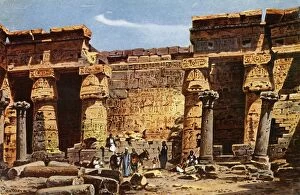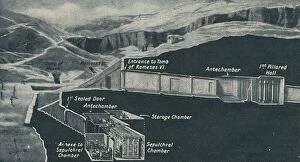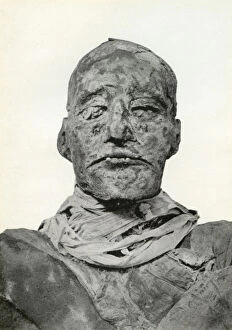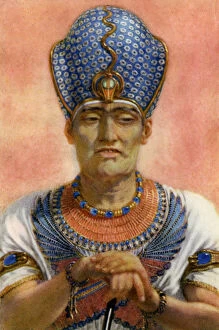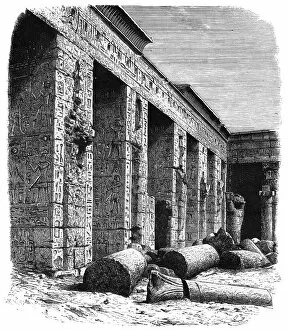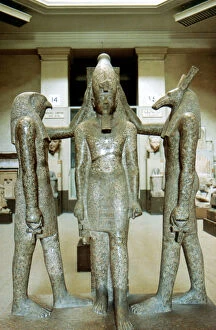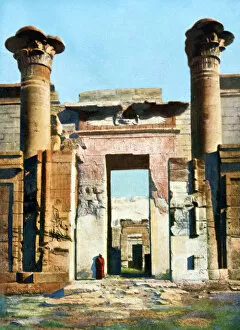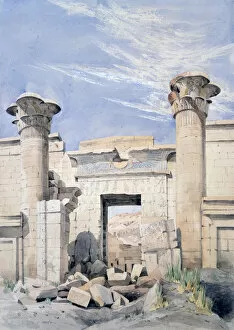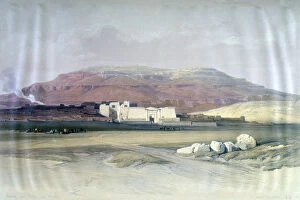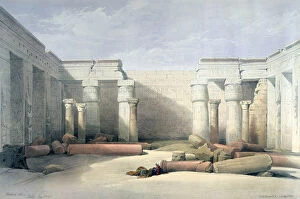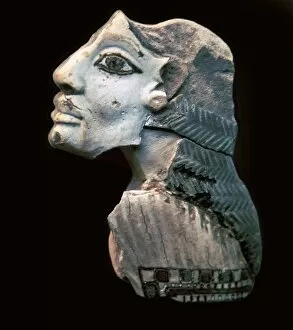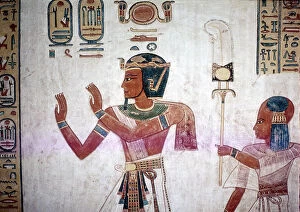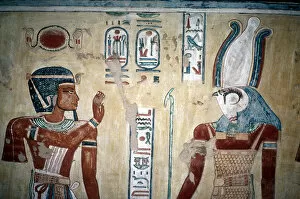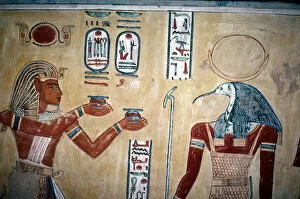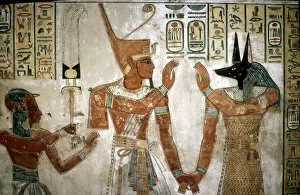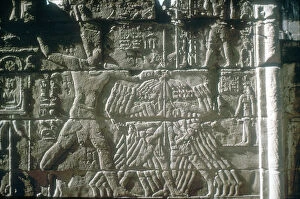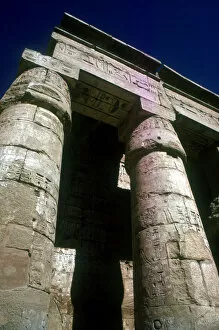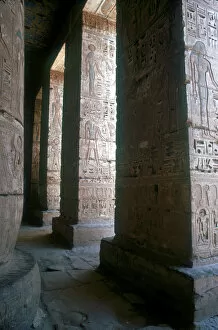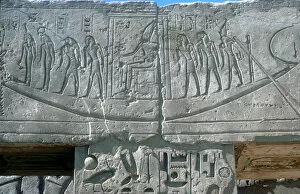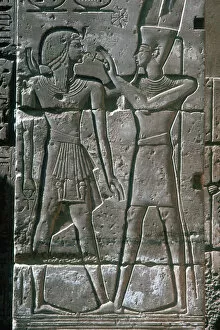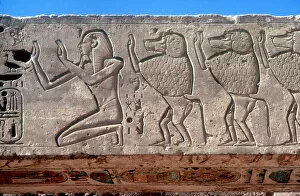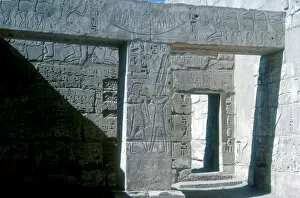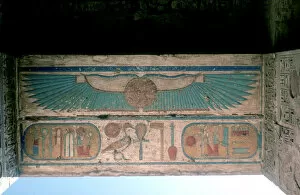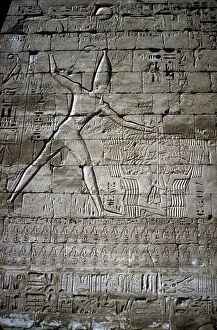Ramses Iii Collection
Ramses III, also known as Ramesses III, was a prominent pharaoh of ancient Egypt who reigned from approximately 1221 BC to 1156 BC
For sale as Licensed Images
Choose your image, Select your licence and Download the media
Ramses III, also known as Ramesses III, was a prominent pharaoh of ancient Egypt who reigned from approximately 1221 BC to 1156 BC. His legacy is captured in various artifacts and structures that have withstood the test of time. One such artifact is a wood engraving published in 1881, which depicts Ramses III. This artwork provides us with a glimpse into the physical appearance of this powerful ruler and allows us to connect with him on a more personal level. Another significant historical document associated with the Great Harris Papyrus, discovered in Thebes, Egypt during the reign of his successor Ramesses IV around 1200 BC. This papyrus contains important information about the reigns of previous pharaohs and sheds light on the political landscape during Ramses III's era. A ring bearing the inscription "Ramesses II, Beloved of Amun" showcases not only Ramses III's connection to his predecessor but also emphasizes his devotion to Amun, one of Egypt's most revered deities. This exquisite piece from Dynasty 19 exemplifies the craftsmanship and attention to detail prevalent during this period. The Temple holds many treasures within its walls. A rosette found at this temple stands as evidence of intricate decorative motifs used by artisans during New Kingdom Egypt. These delicate designs symbolize beauty and harmony within religious contexts. In addition to these precious objects, we find an intriguing heart scarab belonging to Amun-Mes—a worker hailing from Dynasty 19 under Ramesses II's rule. This scarab serves as a reminder that even ordinary individuals played vital roles in society under Ramses' leadership. Moving forward through history brings us closer to another remarkable ring attributed possibly to Ramesses V from Dynasty 20—an era marked by continuity yet evolving artistic styles indicative of changing times. Exploring Medinet Habu—the magnificent mortuary temple built by Ramses III—we encounter breathtaking scenes depicted on its walls.

